By Chris Faubel, MD —
Magnetic resonance imaging (MRI) of the lumbar spine has undoubtedly become a valuable tool in the assessment of patients with low back and radiating lower extremity pain.
But over the years, MR has become over-utilized. Besides the excessive costs to the health care system, the findings obtained on MRI of the lumbar spine have led to a psychological stress on the patient. The misinterpretation of results by physicians and mid-level providers not familiar with the prevalence of pathology in asymptomatic individuals, has become a problem.
An MR report showing disc degeneration of the L3/4, L4/5, and L5/S1 discs, minimal bulging of the L3/4 intervertebral disc, and mild facet hypertrophy of the L5/S1 facet on the right, somehow gets interpreted in the mind of the patient as, “my low back is falling apart and my discs are poking into the spine”.
Hopefully the below collection of article abstracts will solidify the evidence, and serve as a resource for physicians and other health care providers.
1) Jensen et al. (1994). Magnetic resonance imaging of the lumbar spine in people without back pain. New England Journal of Medicine, Jul 14;331(2):69-73
“…the discovery by MRI of bulges or protrusions in people with low back pain may frequently be coincidental.”
Jensen et al. (1994) performed lumbar MRI scans on 98 asymptomatic people, and had those read by two “blinded” neuroradiologists. They even mixed in MRIs from 27 people with back pain, to reduce bias. The following results were found:
- 36% had normal discs at all levels
- 52% had a bulge at at least one level — The prevalence of disc bulges increased with age
- 27% had a protrusion
- 1% had an extrusion
- 38% had an abnormality at more than one level
- Schmorl’s nodes were found in 19% of the subjects
- Annular tears in 14%
- Facet arthropathy in 8%
- Men and women had equal asymptomatic findings.
2) Boden et al. (1990). Abnormal magnetic-resonance scans of the lumbar spine in asymptomatic subjects. A prospective investigation. J Bone Joint Surg Am. 1990 Mar;72(3):403-8.
“…abnormalities on MRI must be strictly correlated with age and any clinical signs and symptoms before operative treatment is contemplated”.
Boden et al. (1990) performed MRI on 67 individuals who never had low back pain, sciatica, or neurogenic claudication. Three “blinded” neuro-radiologists were used.
The subjects had the following results:
- 33% had a “substantial” abnormality
- <60 years old:
- 20% had a disc herniation
- One had spinal stenosis
- >60 years old:
- 36% had a disc herniation
- 21% had spinal stenosis
- All but one person had disc degeneration or disc bulging
3) Weishaupt et al. (1998). MR imaging of the lumbar spine: prevalence of intervertebral disk extrusion and sequestration, nerve root compression, end plate abnormalities, and osteoarthritis of the facet joints in asymptomatic volunteers. Radiology. 1998 Dec;209(3):661-6.
“In patients younger than 50 years, disk extrusion and sequestration, nerve root compression, end plate abnormalities, and [severe] osteoarthritis….may be predictive of low back pain in symptomatic patients.”
Weishaupt et al (1998) looked at MR abnormalities of the lumbar spine that have a low prevalence in asymptomatic patients and thus determine which findings are predictive of low back pain in symptomatic patients. Sixty (60) asymptomatic volunteers aged 20-50 years. Two musculoskeletal radiologists were used.
The results were:
- 62-67% had disc bulges or protrusions
- 32-33% had annular tears (high-signal-intensity zones)
- 18% had disc extrusions
- Zero disc sequestrations
- One subject had nerve root compression
- End-plate abnormalities were found in 3-10%
- Zero severe osteoarthritis
4) Powell et al. (1986). Prevalence of lumbar disc degeneration observed by magnetic resonance in symptomless women. Lancet. 1986 Dec 13;2(8520):1366-7
“The high prevalence of symptomless disc degeneration must be taken into account when [MRI] is used for assessment of spinal symptoms.”
Powell et al (1986) looked at the lumbar MRI of 302 women aged 16-80 without symptoms of spinal disease.
The results showed:
- Degenerative discs increased with age
- 1/3 of women aged 21-40 had disc degeneration


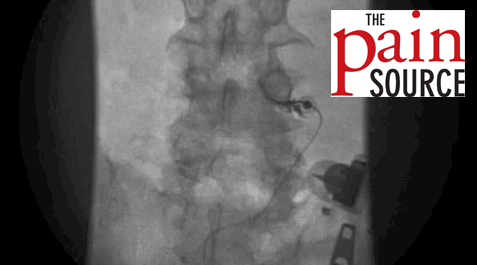
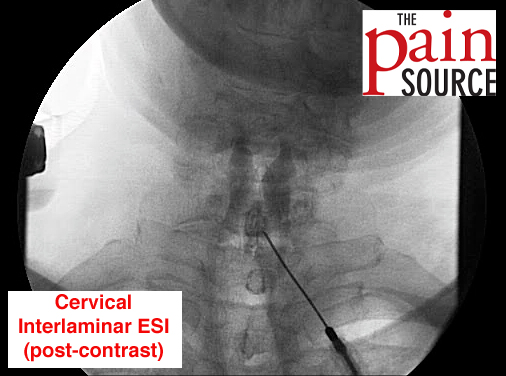

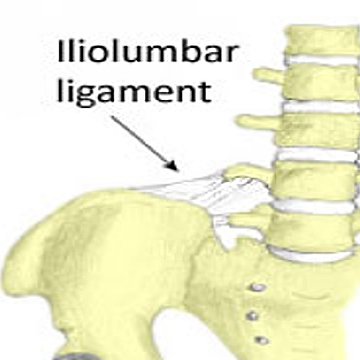
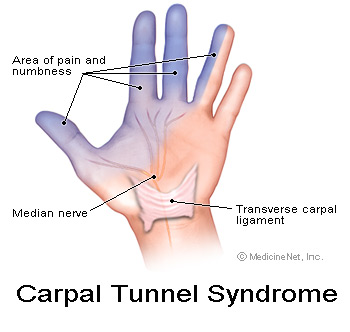

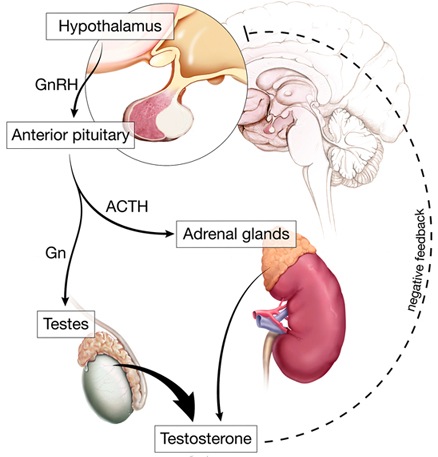
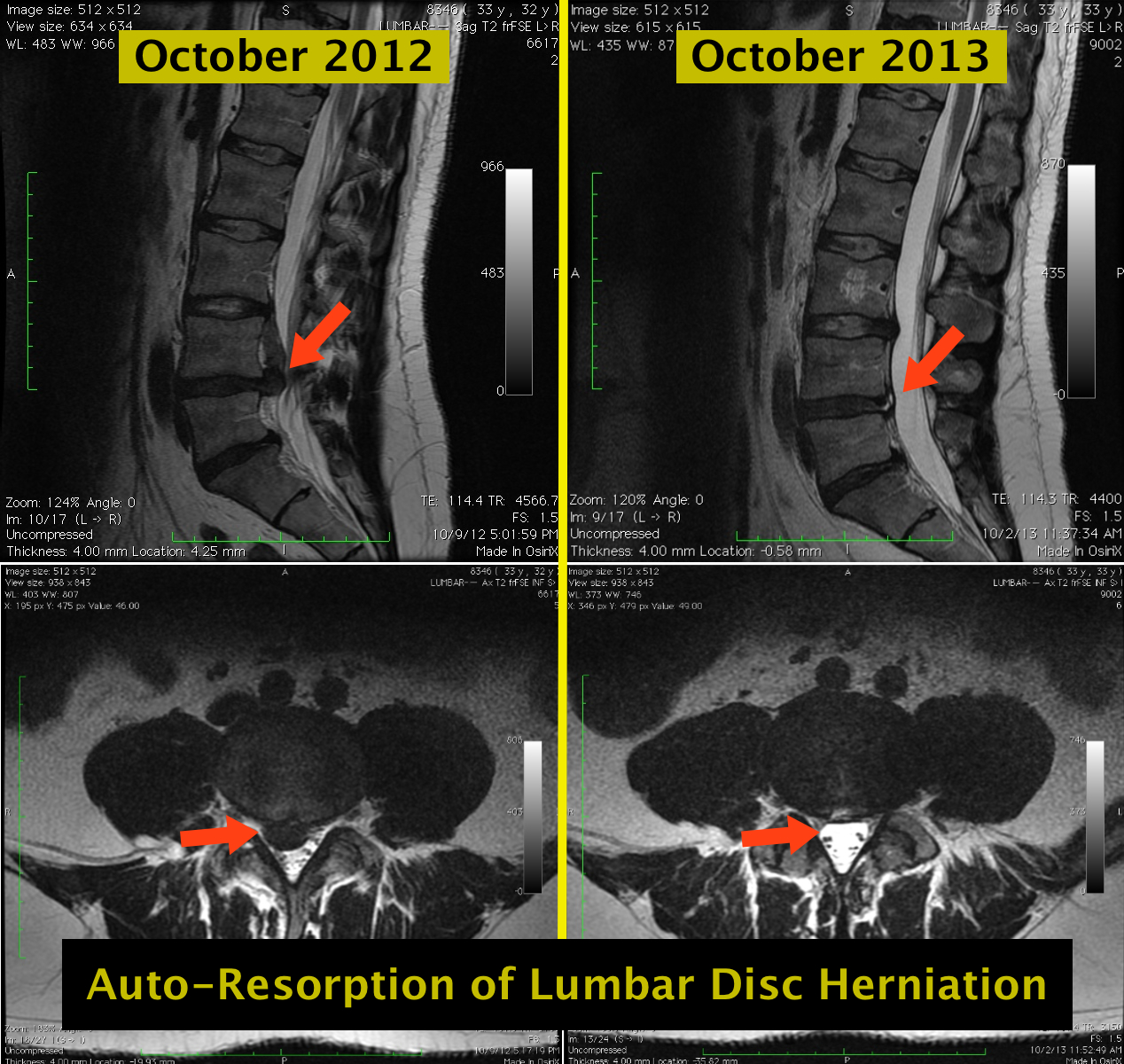
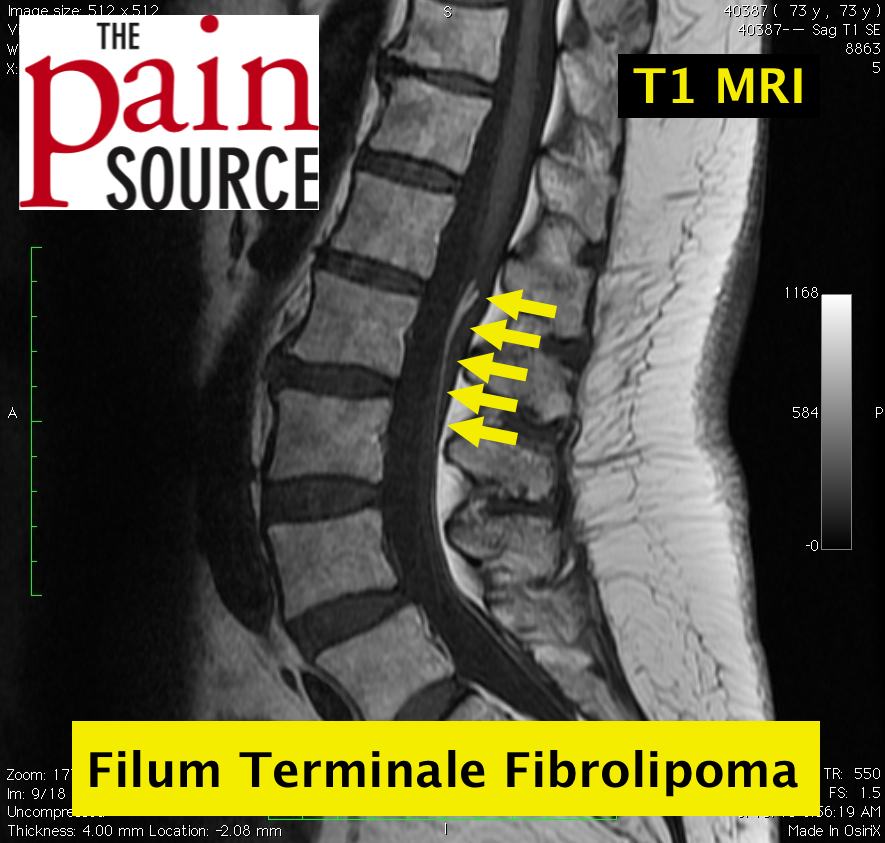
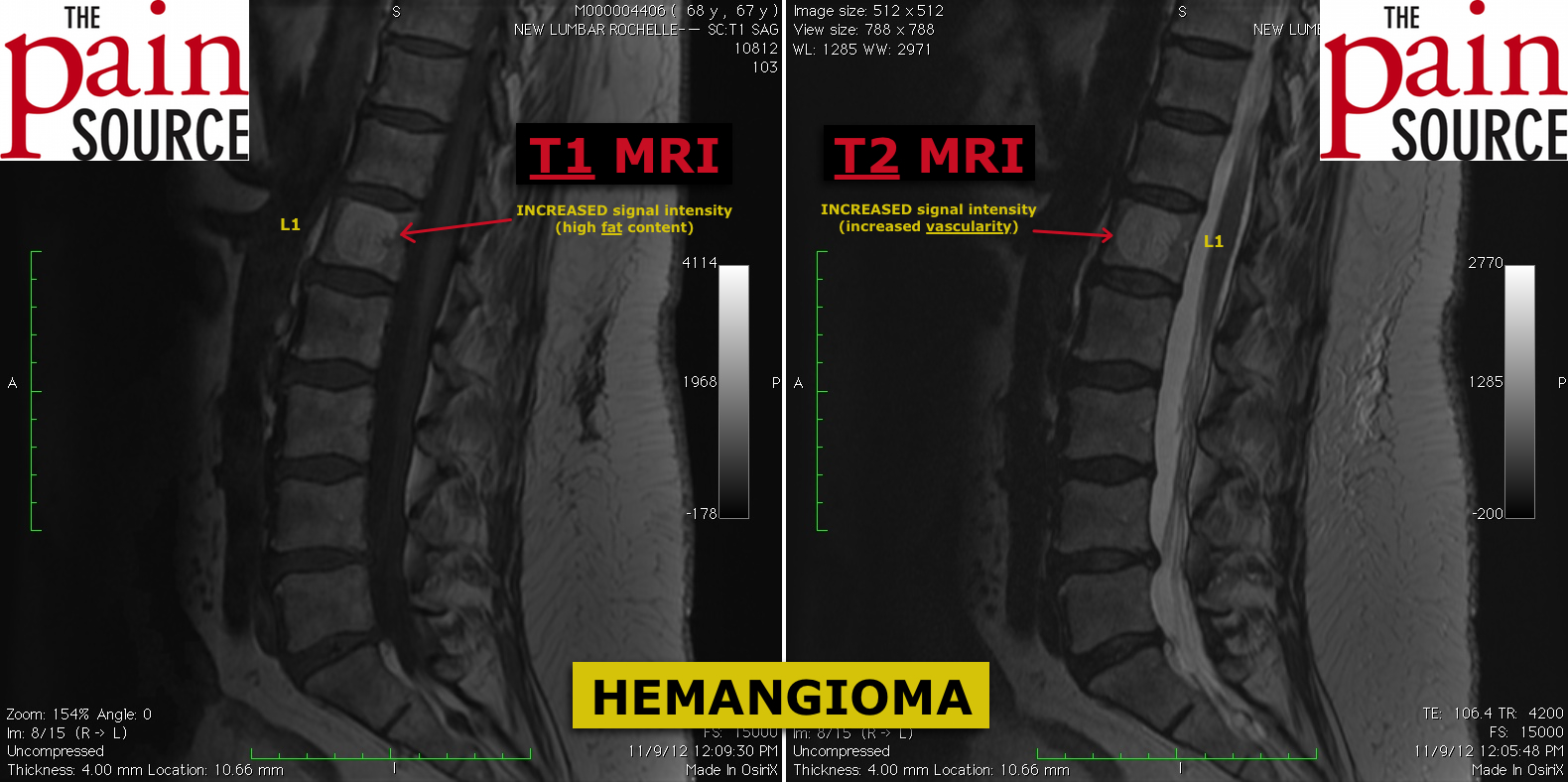
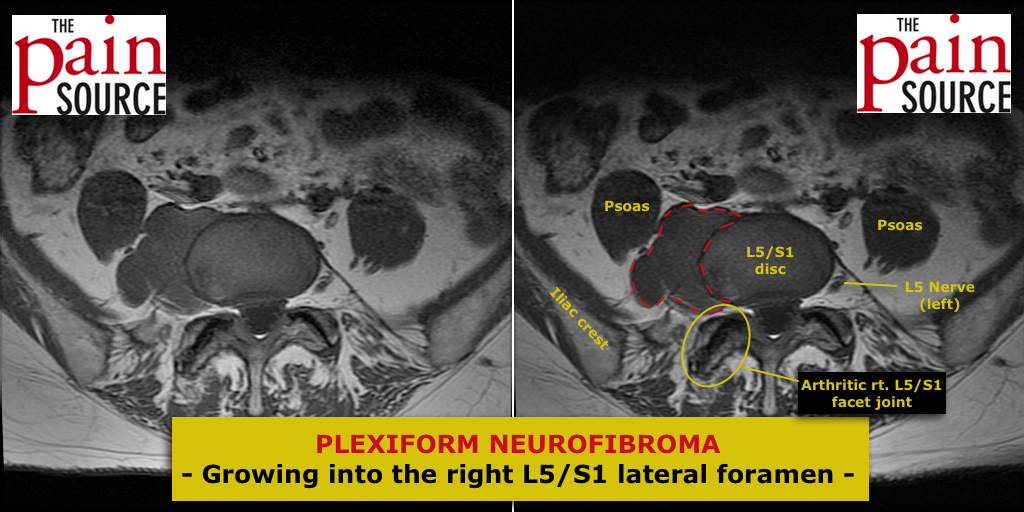
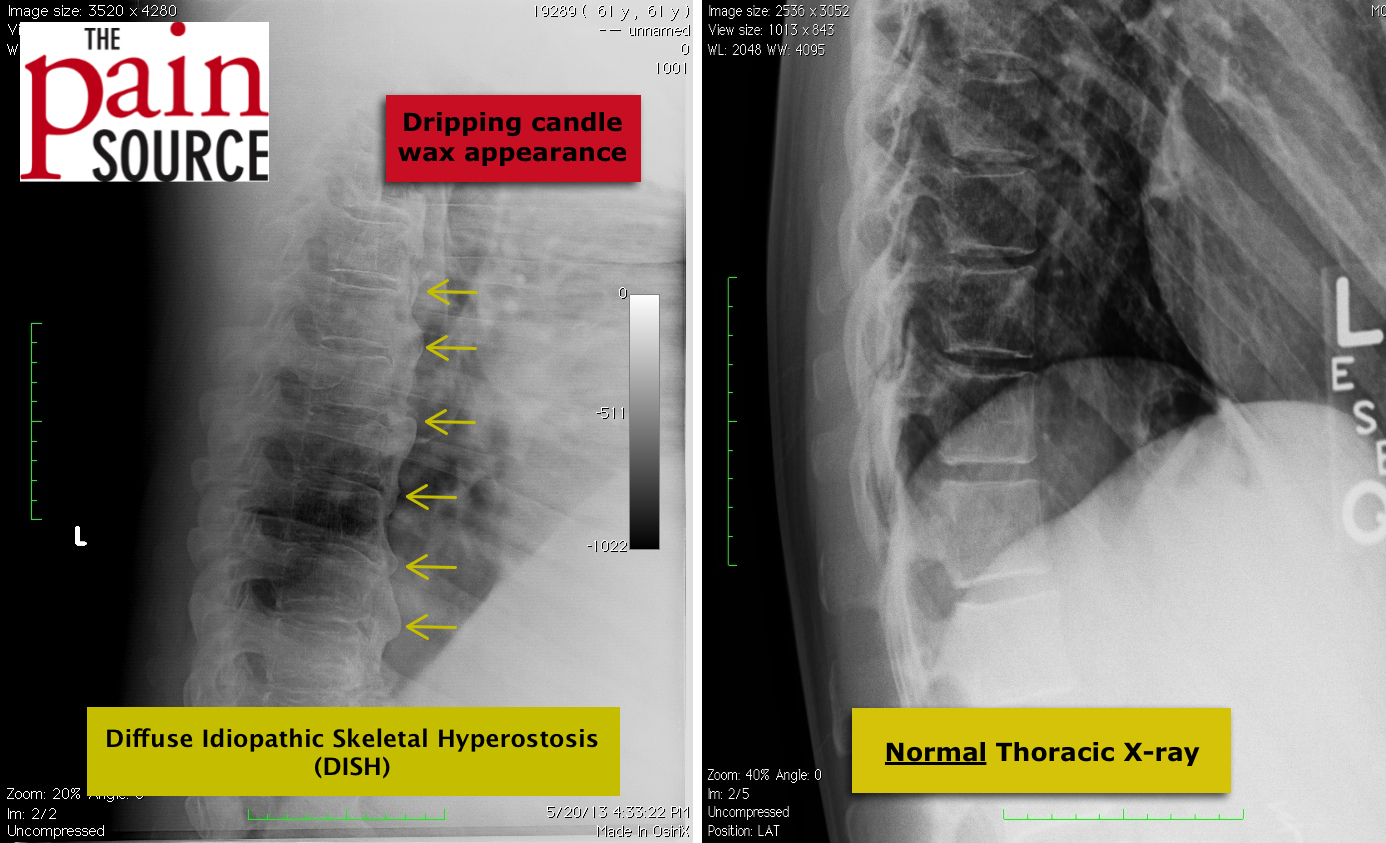

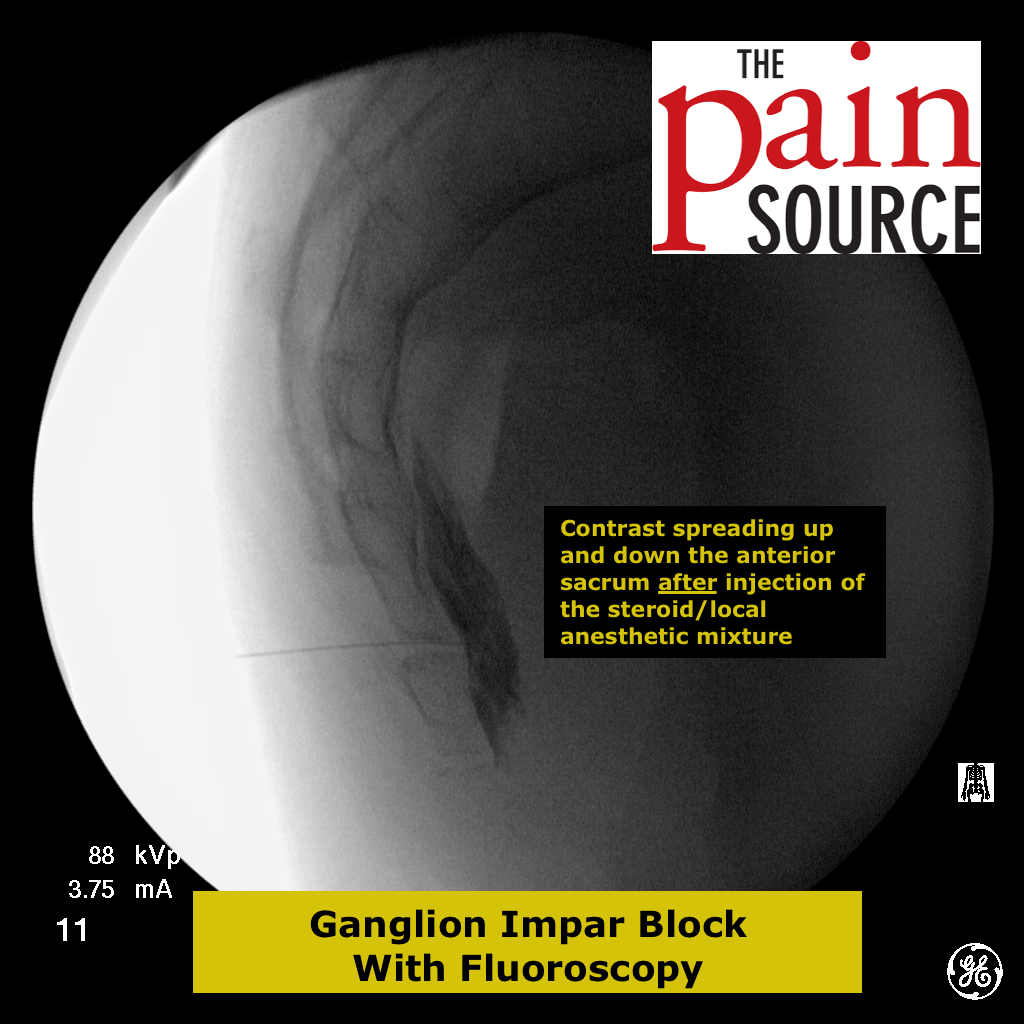
good one!
Great article. I’ll keep a copy for reference. It is a huge frustration when an MRI has a different diagnosis from what is seen clinically. I try to explain MRI results of asymptomatic patients, and I just get a deer in headlights look. “…. but the MRI said I got a slipped disc”.
The third study seems to be the most complete, including the ages of the typical soft disc protrusion, and delineating factors that could typically cause pain ie. HIZ, nerve root impingement which is really more clinically significant if correlated with exam. Disc bulges themselves don’t really seem to have much meaning unless they are encroaching these other structures. What surprised me the most was the high percentage of HIZ in asymptomatic patients 32-33% !!! If this study was compared to an older population only you would would probably see more hard disc findings, degenerative facets, stenosis etc. Nice work with gathering the studies.